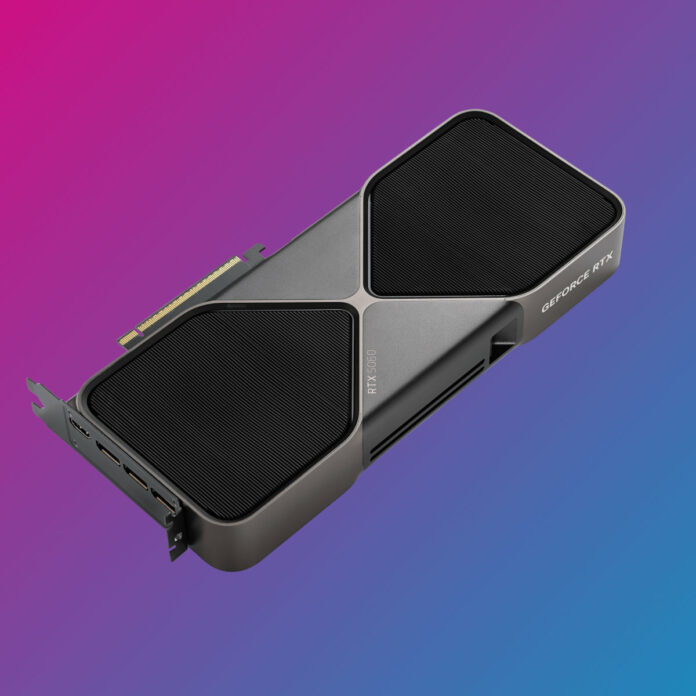Nvidia isn’t waiting around to corner every corner of the graphics card market, as rumours suggest the company is planning to launch its GeForce RTX 5060 Series by the end of FY2024. This would quickly complete the brand’s RTX 50 Series lineup but the success of these budget-leaning pixel pushers would be at risk from an ambitious AMD and its own Radeon offerings.
RTX 5060Ti/5060 2025/03🫡 pic.twitter.com/tCRhQz6mIo
— Алексей (@wxnod) February 1, 2025
Leaker wxnod shared a screenshot on X which points to GeForce RTX 5060 Series graphics cards launching in March 2025. The source of the image is Chaintech, a Taiwanese hardware manufacturer, likely from a company PowerPoint presentation. In it, ‘5060Ti’ and ‘5060’ are listed next to indicators for the third month of the year.
Given Nvidia’s current release strategy of two SKUs per month, this launch window for RTX 5060 Series seems plausible. As a reminder, the company pushed RTX 5090 and 5080 out the door in January with RTX 5070 Ti and 5070 due in February.
Combine the above trail of thought with whispers that Nvidia is discontinuing GeForce RTX 4060 in Q1 and the proposed launch of RTX 5060 Ti and 5060 seems all the more likely. However, this would make for an unprecedently aggressive release schedule for the company.
Should Nvidia pursue a March launch, it’ll share the spotlight with AMD’s upcoming Radeon RX 9000 Series. It’s unclear whether this launch includes direct GeForce RTX 5060 competitors, namely RX 9600 cards, or if the RX 9070 family will lead the charge.
Given Radeon RX 9070 Series will launch with 16GB of VRAM, I’m cautiously optimistic that AMD will release Radeon RX 9060 cards with 12GB of VRAM (mirroring 7800 XT and 7700 XT). After all, Intel did raise the memory bar somewhat with its Arc B580 effort late last year. This could paint GeForce RTX 5060 unfavourably with its rumoured 8GB buffer, with RTX 5060 Ti possibly coming under less intense fire with a mix of 8GB and 16GB capacities.
Should this clash of cards come to pass in March, it’ll also serve as the first bout between FSR 4 and DLSS 4. I’m keen to see how Nvidia and AMD stack up with and without their performance enhancement features. You can expect analysis in due course, so follow Club386 on Google News so any thoughts arrive to your feed fresh and piping-hot.

